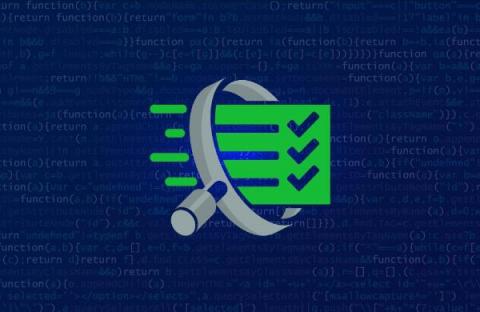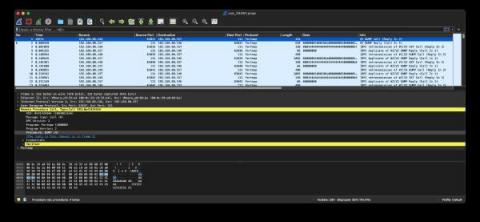Security | Threat Detection | Cyberattacks | DevSecOps | Compliance
Vulnerability
5 Vulnerability Assessment Scanning Tools: 5 Solutions Compared
Vulnerability assessments define, identify, classify, and prioritize flaws and vulnerabilities in applications, devices, and networks that can expose organizations, their products, services, code, and applications, to attack. Security vulnerabilities allow malicious actors to exploit an organization’s applications and systems, so it is essential to identify and respond to them before attackers can exploit them.
This Week in VulnDB - Dependency Confusion & Nginx Ingress
Vulnerability Scanning & Vulnerability Management is not Hardening
Vulns Unleashed: dompdf, The Reverse Shell Strikes Back!
What the Heck is Spring4Shell? The 2min Explanation We All Need
As the digital world continues to rebuild after the Log4j hurricane, the threat landscape is once again disturbed by the rumbling of an approaching zero-day storm. After barely recovering from a zero-day dubbed as the worst hack ever encountered, concerns are understandably heightened, and as a result, there are many misconceptions about the severity of Spring4Shell.
CVE-2022-24814- Stored XSS In Directus | Synopsys
This Week in VulnDB - MariaDB, VIM and a look at C++ Vulnerabilities
Detecting Windows NFS Portmap vulnerabilities
This month, Microsoft announced two vulnerabilities in portmap, which is part of ONC RPC, on Windows systems. This blog will discuss Zeek detection packages for CVE-2022-24491 and CVE-2022-24497 developed by Corelight Labs.
Preventing cloud and container vulnerabilities
Vulnerabilities are software bugs or weaknesses that could be used by an attacker. They could be present in the operating system, application code, and third-party code dependencies, such as libraries, frameworks, programming scripts, and so on. By taking a secure DevOps approach and identifying vulnerabilities early in development, you avoid frustrating developers with delays when an application is ready for production.











